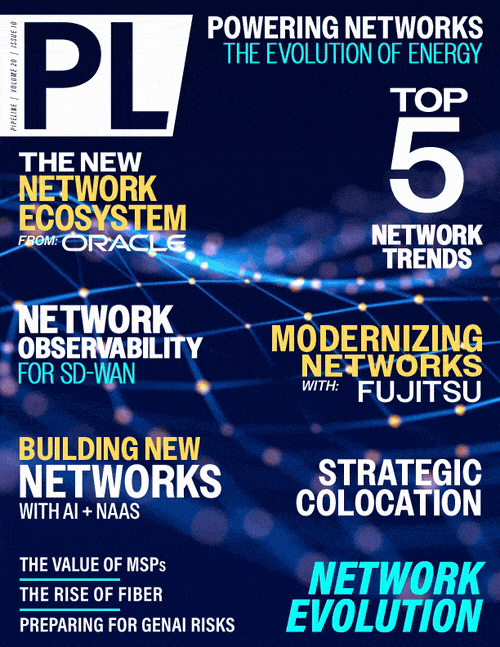The Rise of Fiber Optics:
Expanding the Digital Frontier
Future-Proofing the Network: Ensuring that the network is designed to accommodate future growth in data demand is critical. Service providers need to plan for scalability and incorporate redundancy to handle increased traffic and potential disruptions. This includes ensuring a reliable power supply, including backup systems, to maintain network functionality and resilience during power outages.
Best Practices for an Efficient
Fiber Optic Rollout
To overcome these challenges and achieve a successful fiber optic deployment, service providers should follow a structured approach. The foundation of an effective rollout begins with a thorough analysis of the target area. This involves conducting feasibility studies to gauge demand, market conditions, and potential return on investment (ROI). Key considerations include the area’s size, required capacities, potential clients, and optimal routing. Utilizing geospatial data and Geographic Information System (GIS) tools can provide insights into terrain, land use, and environmental factors, aiding in the identification of ideal locations and routes for deployment.
After the analysis, detailed planning is crucial, including the development of initial designs that optimize network architecture, including timelines, budget estimates, and resource needs. This phase should address topology, capacity, and redundancy. Automated design tools can streamline the process both for greenfield deployments, where networks are built from scratch, and brownfield settings, where existing infrastructure must be integrated. Effective planning helps reduce time and costs while ensuring a reliable network design.
During the construction phase, a robust work order management system is vital. This system enhances coordination, visibility, and efficiency in construction processes. Mobile access to real-time inventory data allows field personnel to manage tasks effectively and communicate updates. Keeping stakeholders informed about progress ensures that parts of the network can be brought online and monetized as soon as possible.
Once construction is completed, it's essential to document the new service accurately in a network digital twin. This digital repository maintains up-to-date information on installed equipment, which is crucial for ongoing operations and future expansions. Integrating this documentation with other systems and data sources helps in maintaining precise and current information.
Post-deployment, maintaining and expanding the fiber optic network efficiently is key. Automated service order orchestration and standardized incident management procedures are essential for network functionality and quick response to disruptions. The network digital twin plays a crucial role in planning expansions, upgrades, and maintenance activities, providing a reliable foundation for decision-making.
Integrated fiber management systems further enhance service assurance, resilience, and business continuity. By offering a comprehensive view of the fiber network, these systems facilitate real-time monitoring and proactive maintenance, allowing operators to identify and address potential issues before they impact service quality. This proactive approach helps minimize downtime and improves overall network reliability.
Additionally, integrated systems streamline workflows and enhance efficiency by consolidating network data and simplifying troubleshooting processes. This not only supports faster response times but also reduces operational costs, contributing to a more robust and dependable fiber network.
Conclusion
Fiber optics technology has become indispensable in modern network infrastructure, offering unparalleled bandwidth, speed, and environmental sustainability compared to traditional copper cables. The global push towards expanding fiber networks is fueled by increasing consumer demand and significant government investments.
By addressing financial, technological, and geographic challenges and adhering to best practices in analysis, planning, construction, documentation, and operation, service providers can achieve efficient and successful fiber optic rollouts. These best practices lay the groundwork for resilient, future-ready fiber optic networks that meet the growing connectivity demands of the digital economy and drive forward progress in an increasingly connected world.
The ongoing evolution of fiber optics underscores its critical role in shaping the future of communication. As technology continues to advance and data needs expand, fiber optics will remain at the forefront of delivering high-speed, reliable connectivity that supports the demands of tomorrow's digital landscape.



















